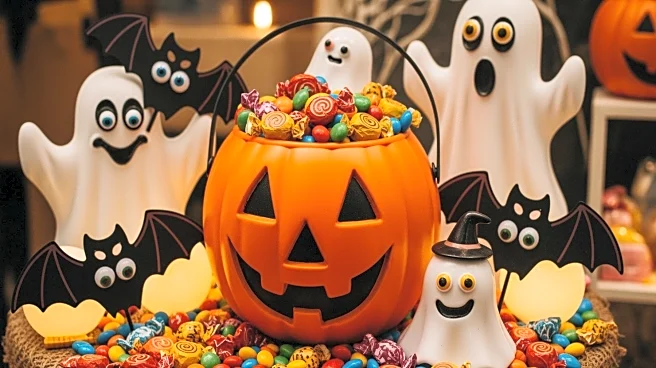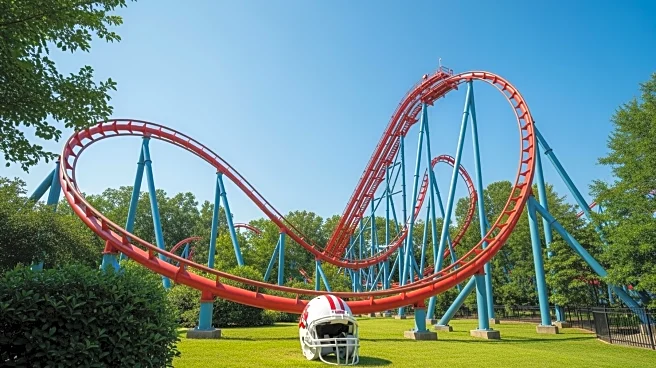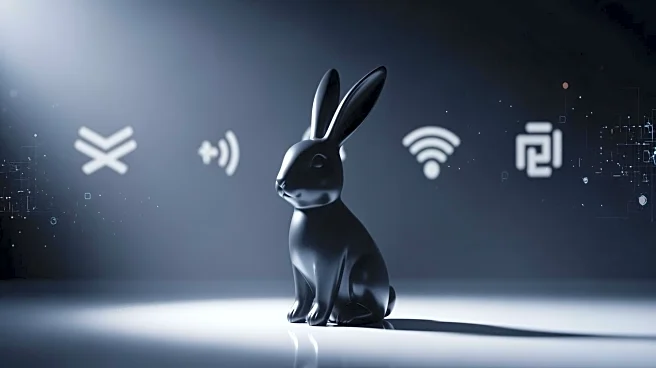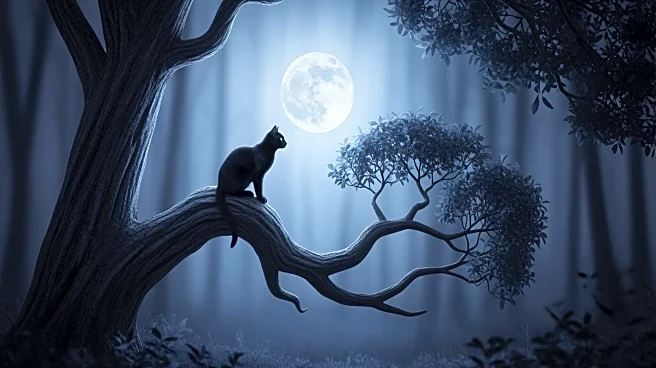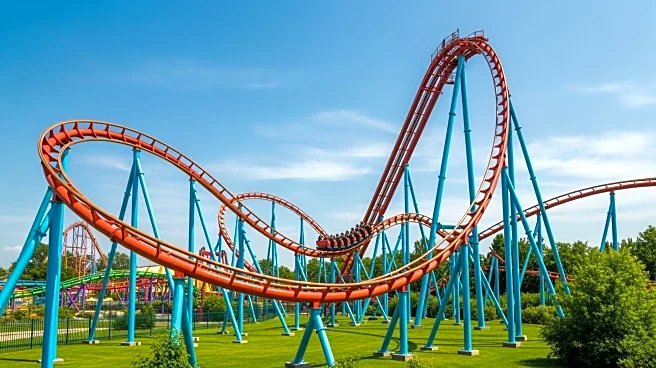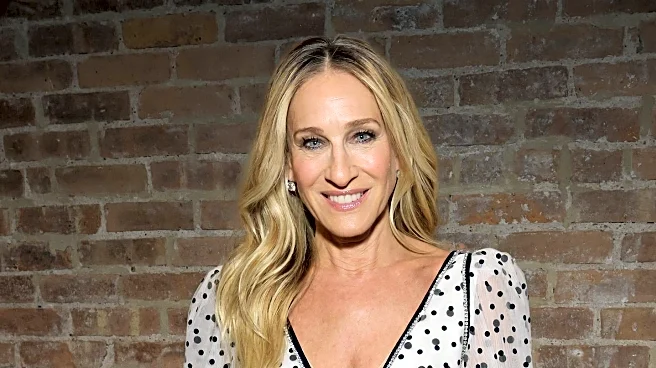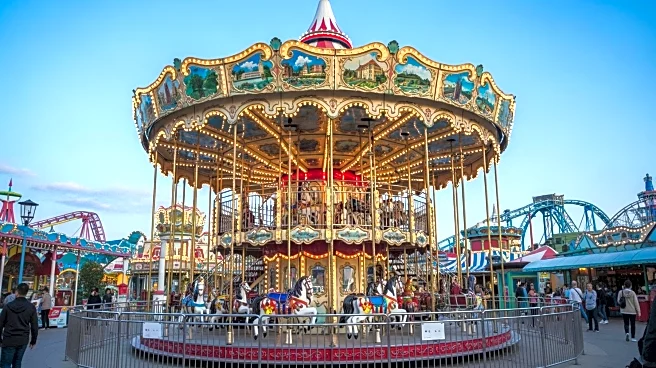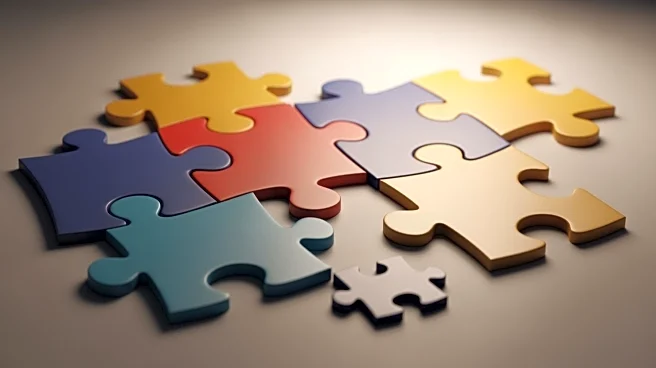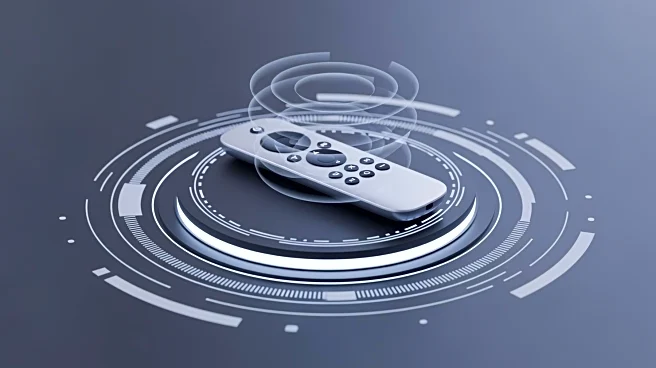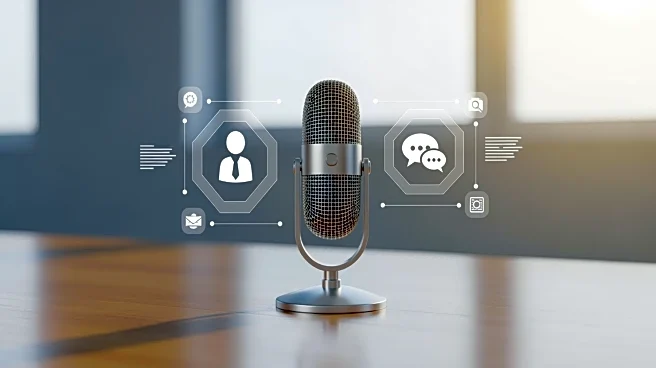What's Happening?
In 2025, Halloween marketing campaigns have taken a new direction by focusing on emotional storytelling that combines fear, humor, and nostalgia. Brands like Disney+, Six Flags, and Gushers have crafted narratives that are both eerie and relatable, tapping
into shared anxieties and nostalgic elements to create a sense of community. These campaigns have moved beyond traditional scare tactics, instead opting for immersive experiences that engage audiences on multiple platforms. The use of lo-fi aesthetics and found-footage styles on social media platforms like TikTok has allowed brands to connect with Gen Z audiences, who are fluent in meme culture and appreciate content they can interact with and remix.
Why It's Important?
This shift in Halloween marketing reflects a broader trend towards using emotional storytelling as a tool for consumer engagement. By blending fear with humor and nostalgia, brands are able to create campaigns that resonate on a deeper level, offering consumers a form of escapism and emotional release. This approach not only enhances brand loyalty but also transforms seasonal marketing into a cultural event. The emphasis on participatory and interactive content allows consumers to become co-creators, fostering a sense of belonging and community. This trend highlights the growing importance of emotional intelligence in marketing strategies, as brands seek to connect with audiences in more meaningful ways.
What's Next?
As brands continue to explore the potential of emotional storytelling, we can expect to see more campaigns that integrate technology to personalize experiences. The future of Halloween marketing may involve adaptive horror stories that respond to user inputs, creating tailored experiences based on digital behavior. Additionally, the blending of physical and digital experiences, such as augmented reality (AR) and virtual reality (VR), will likely become more prevalent, offering consumers immersive environments to explore. This evolution in marketing strategies underscores the importance of creativity and innovation in capturing consumer attention and fostering long-term engagement.
Beyond the Headlines
The trend towards emotional storytelling in Halloween campaigns also raises questions about the ethical implications of using fear as a marketing tool. While these campaigns offer a form of escapism, they also reflect societal anxieties and the desire for connection in an increasingly fragmented world. The use of nostalgia and humor to transform fear into a shared experience highlights the power of storytelling in shaping cultural narratives and consumer behavior. As brands continue to push the boundaries of experiential marketing, they must also consider the impact of their campaigns on consumer well-being and the broader cultural landscape.
